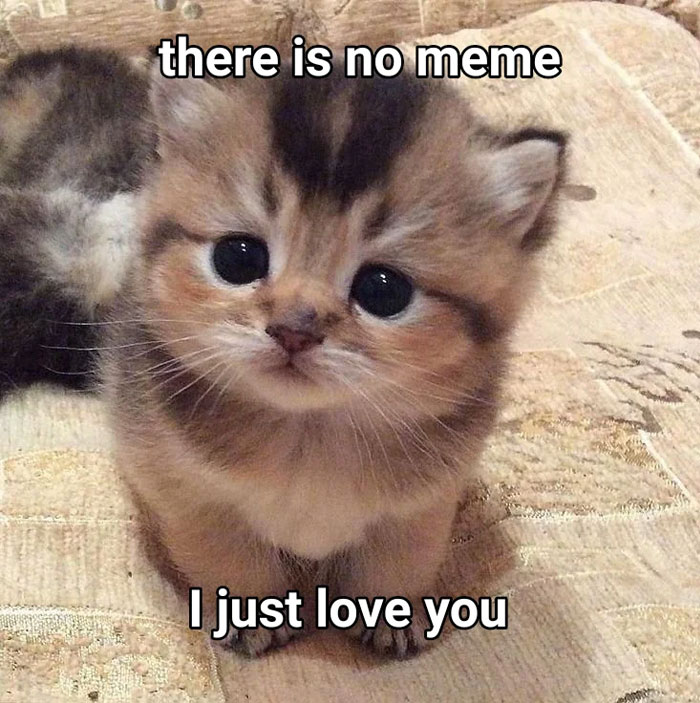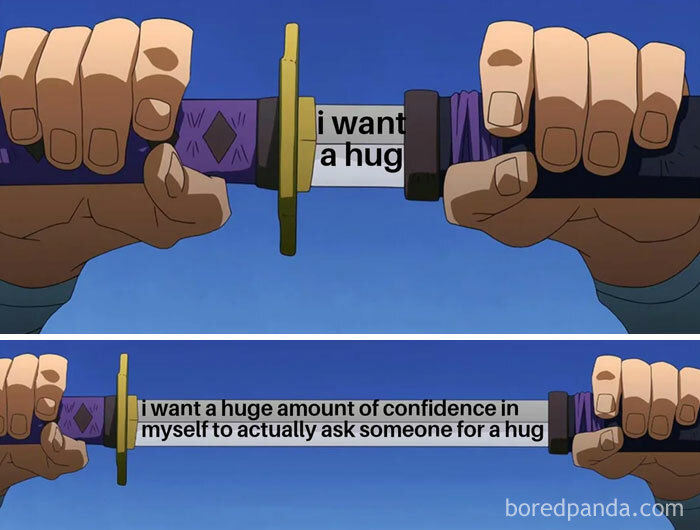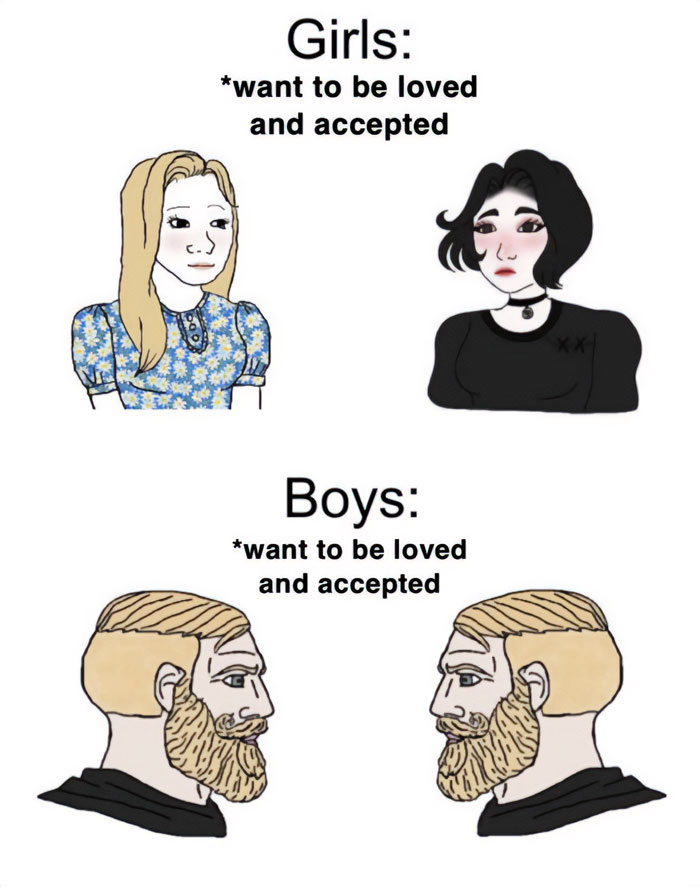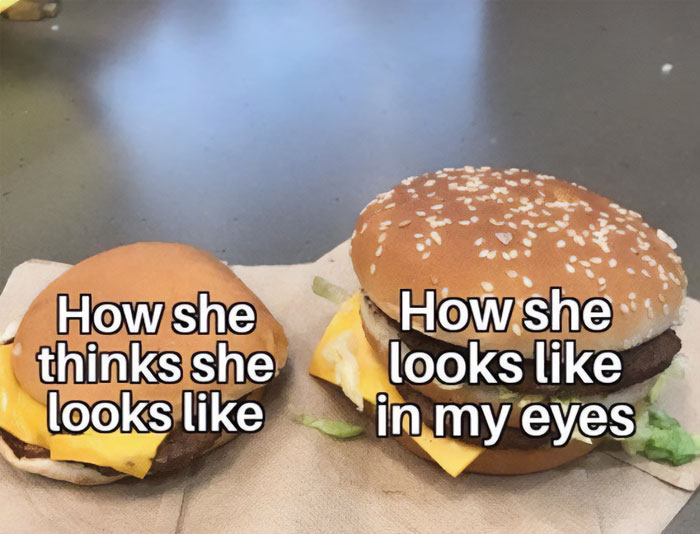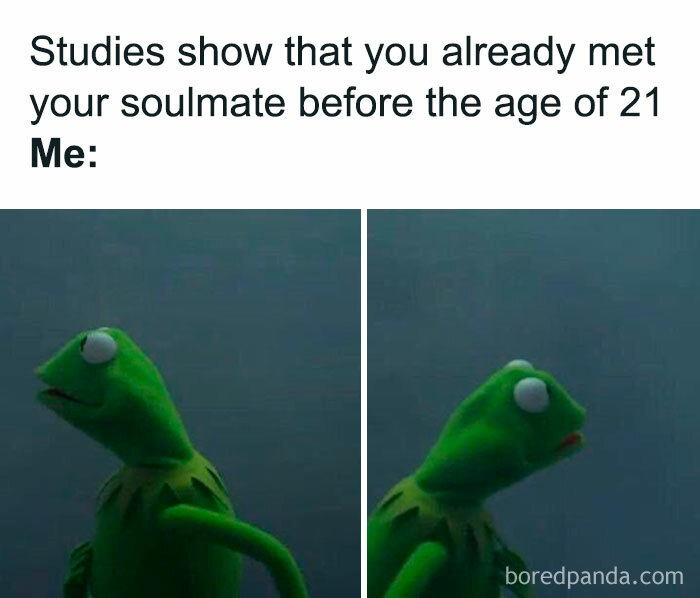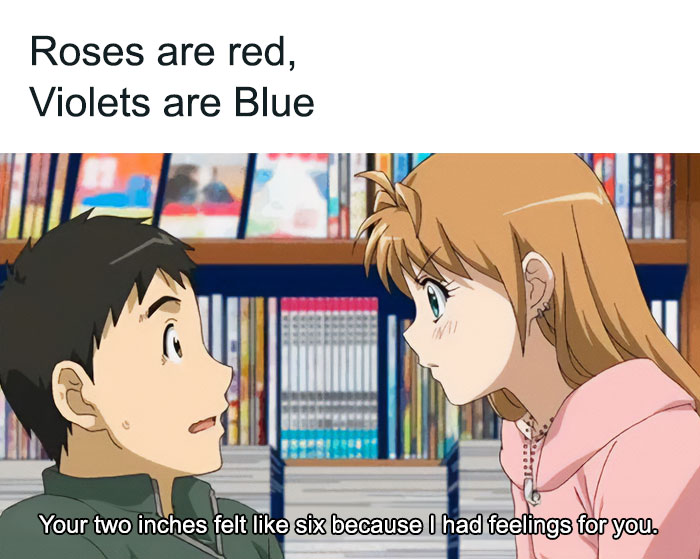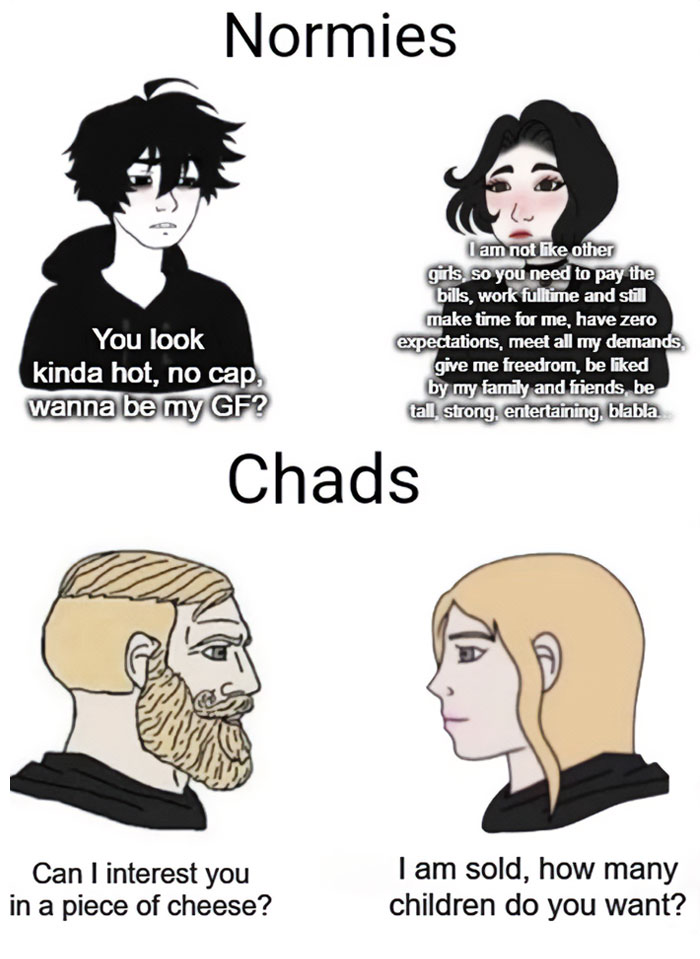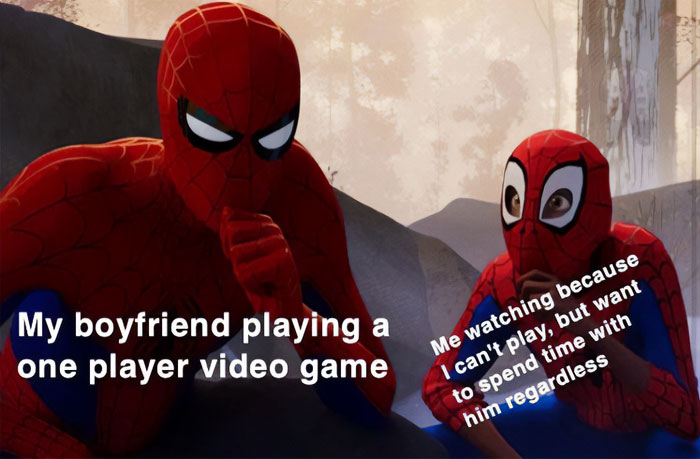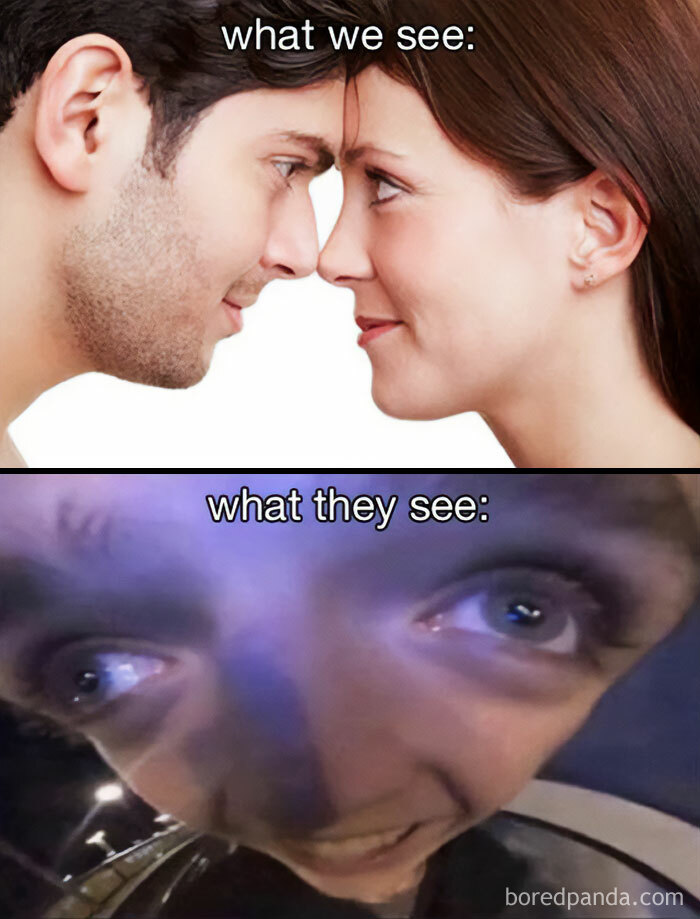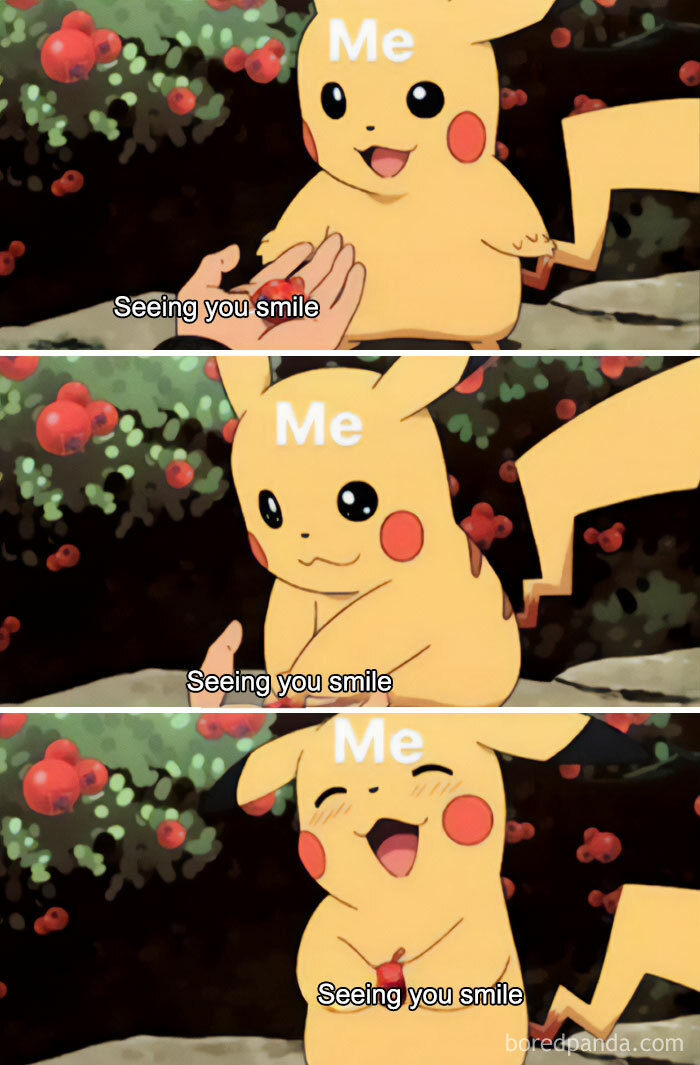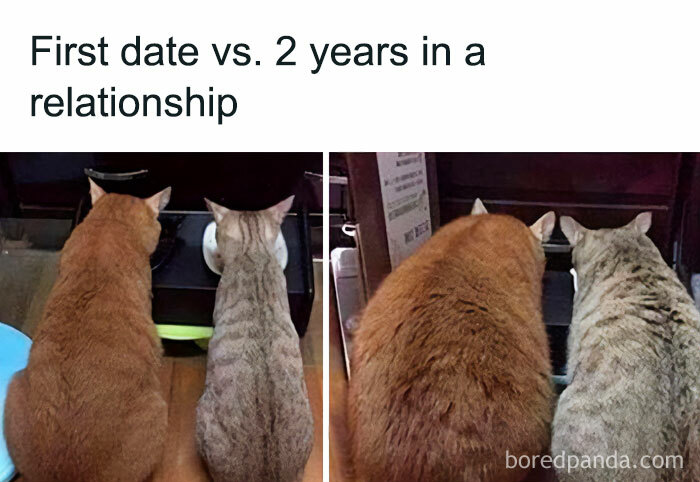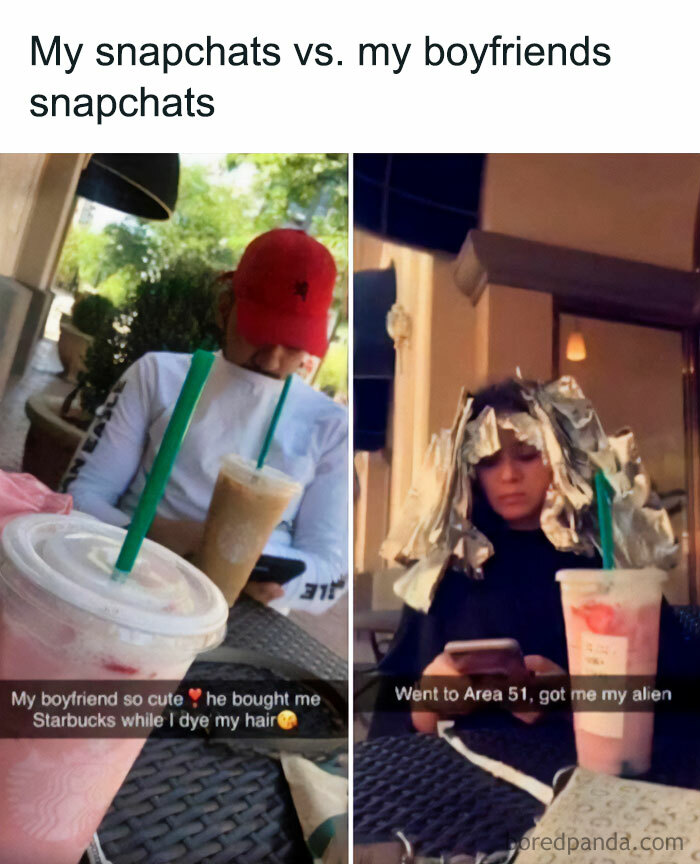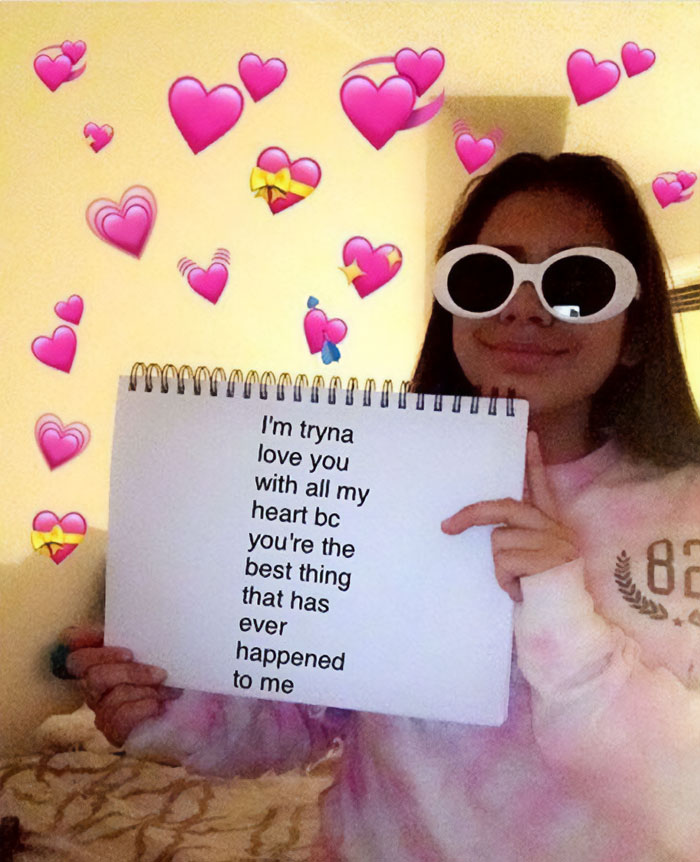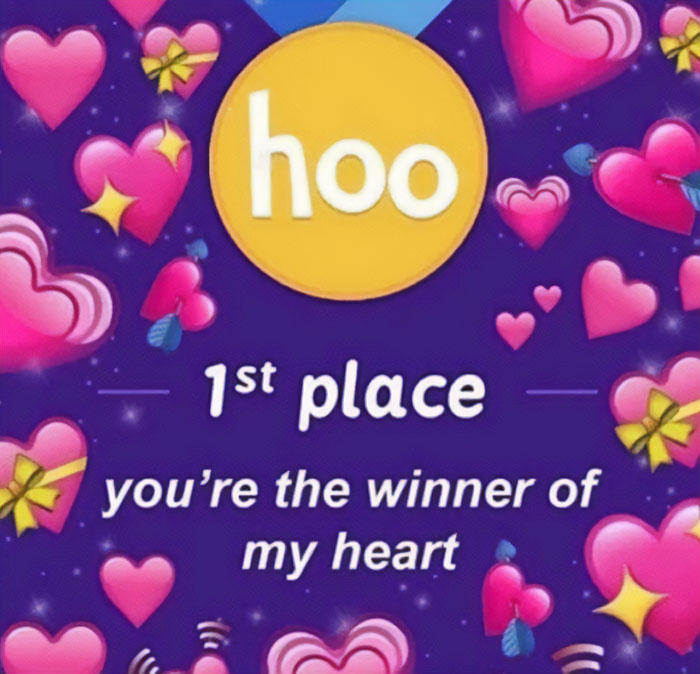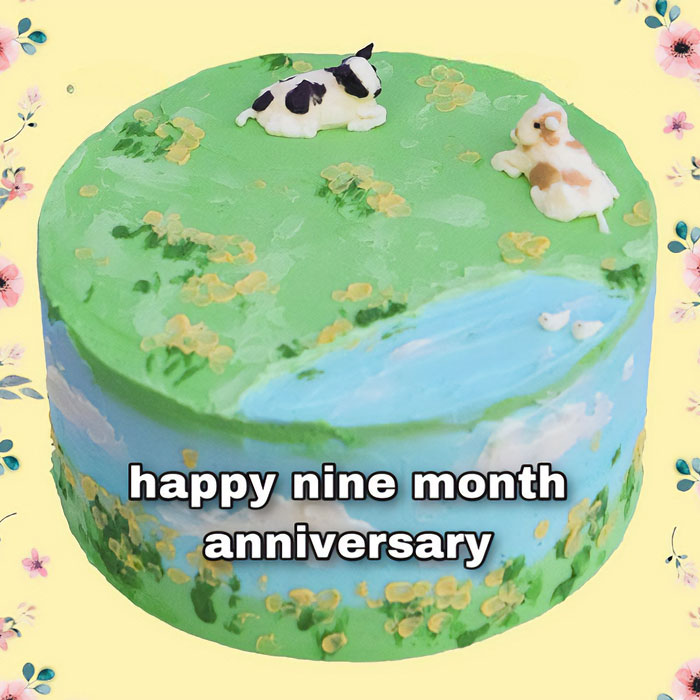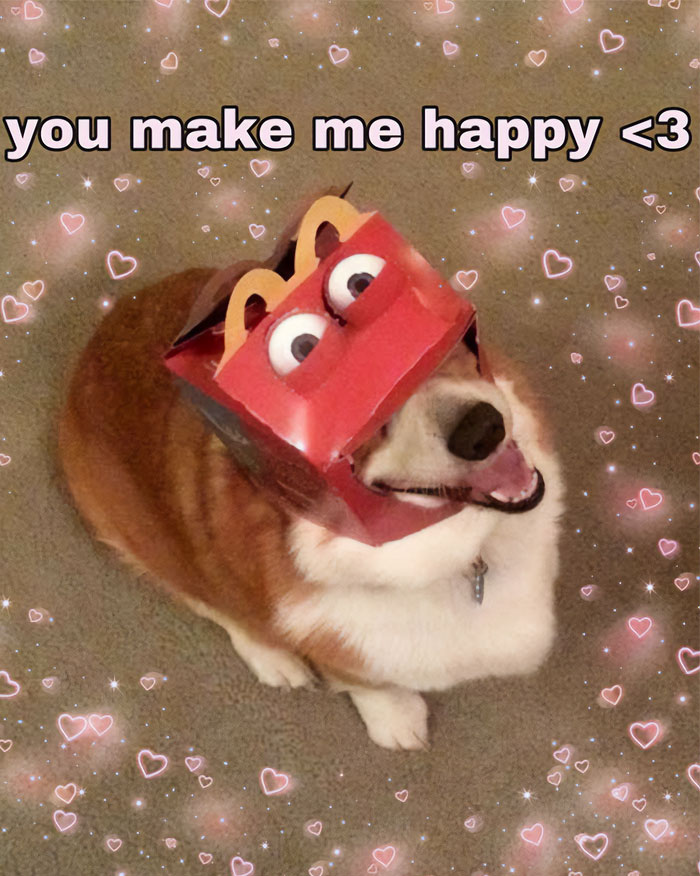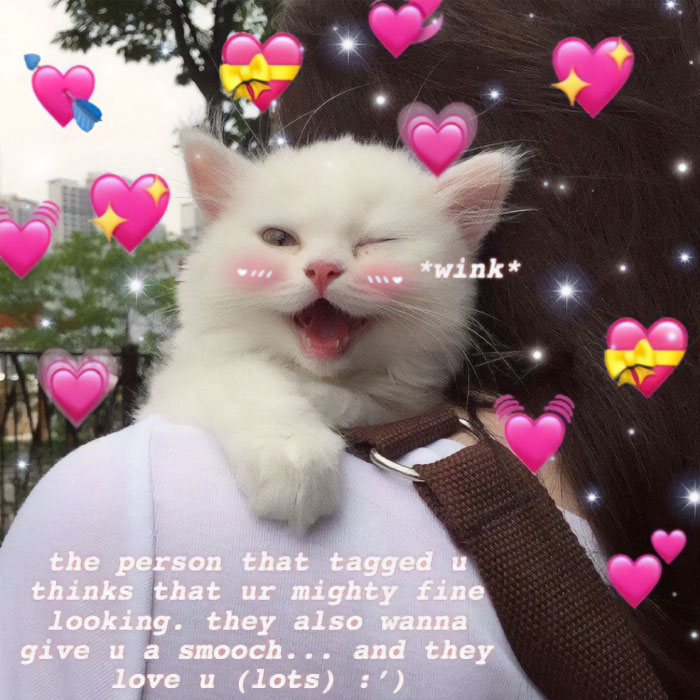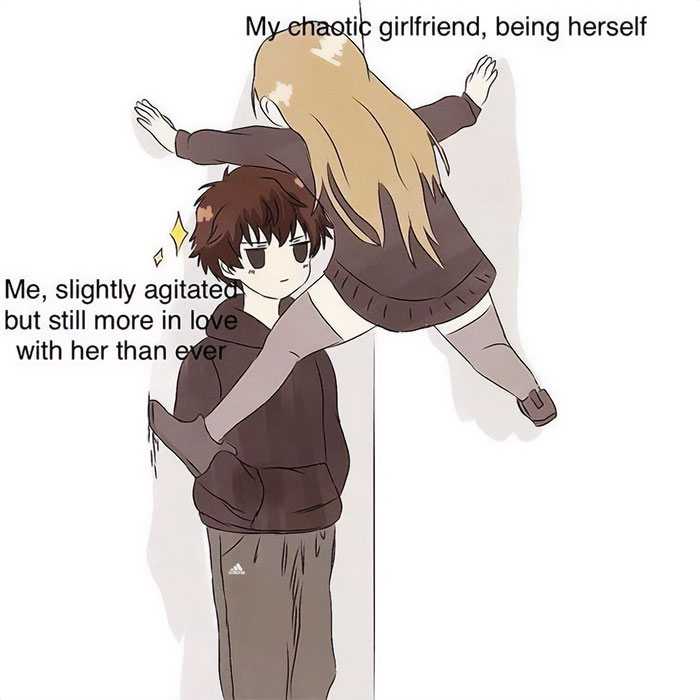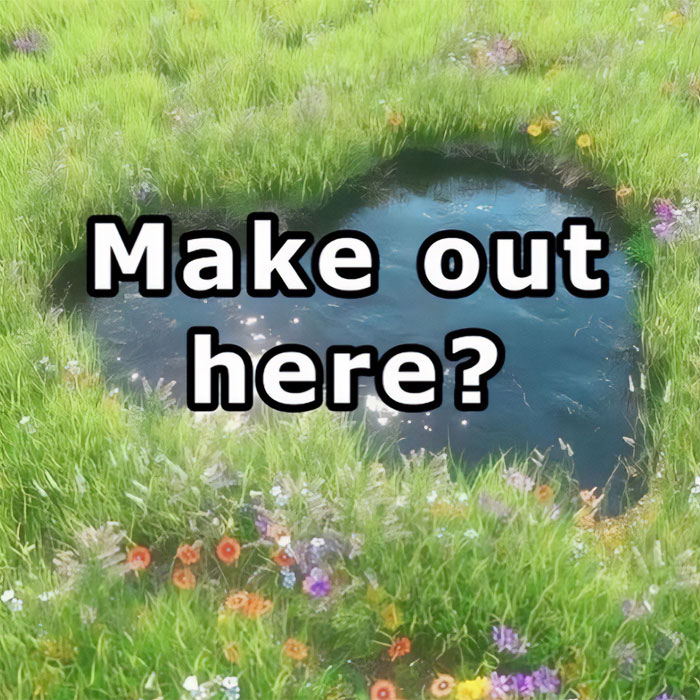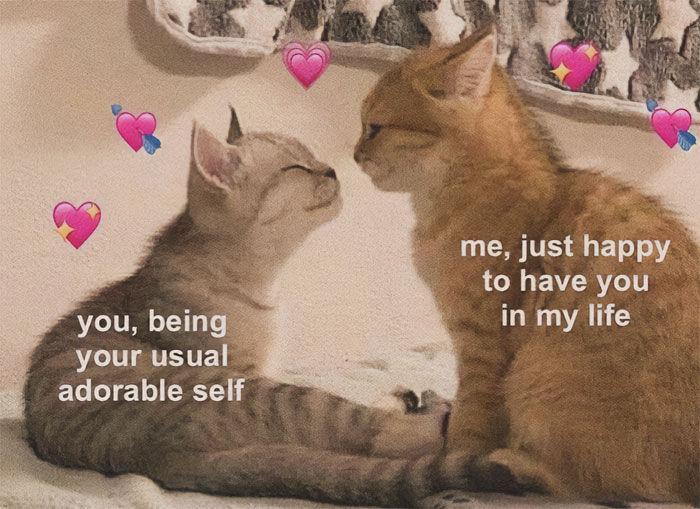Larkin and Thomas also say that dopamine and noradrenaline increase during mating. Dopamine is the hormone that stimulates the reward pathways and increases motivation and thoughts to pursue a love interest. Briefly put, that push drives us to pursue our love interests. On the other hand, noradrenaline causes feelings of euphoria and physiological responses such as faster heart rate and increased energy. No wonder that love feels so hard to resist. At the end of the day, these chemical reactions spurred by a love connection are a unique combination that makes the experience of falling in love so unique. A 2013 study published by the International Journal of Psychophysiology found that the heartbeats of 32 couples in a relationship synchronize when they are in love (2). Even their breathing rate syncs. Sometimes, all it needed was a look for both to vibe together. Journalist-pediatrician Howard Bennett of the Washington Post explains what those butterflies mean: The adrenal glands release adrenaline and other chemicals into your bloodstream that cause rapid heart rate, increased blood pressure, and improved muscle circulation (3). Suddenly, you’re more awake, alert, and ready for action. The release of chemicals helps you fight off stress (if you’re in a dangerous situation) or feel queasy when you first fall in love. At the same time, the blood will start flowing to your lungs and muscles, with less of it reaching other organs. Such changes may cause nausea or light-headedness, making your stomach churn. When you’re in love and not in survival mode, a milder version of the same process kicks in, causing the “butterflies” in your stomach. Follow Bored Panda on Google News! Follow us on Flipboard.com/@boredpanda! Please use high-res photos without watermarks Ooops! Your image is too large, maximum file size is 8 MB.


